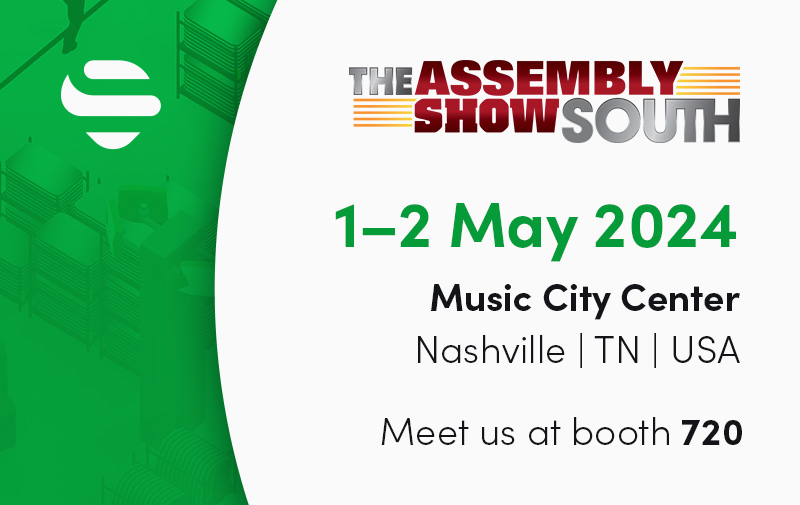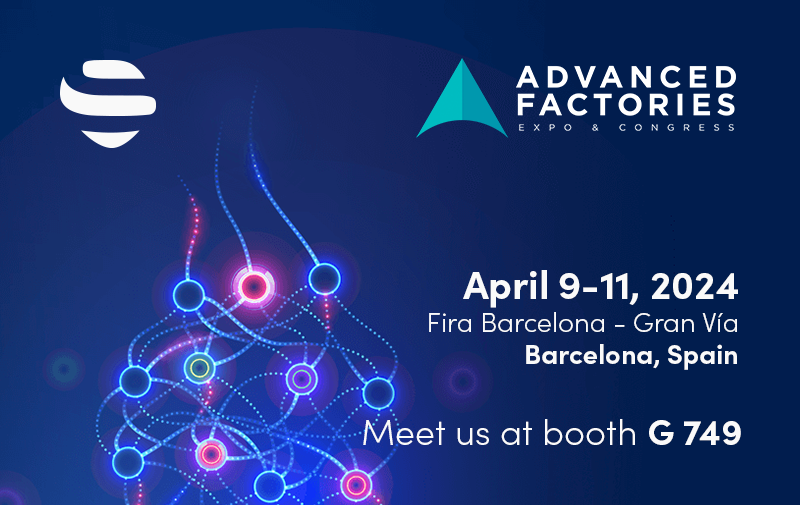
RTLS Studio 2.4 Brings New Safety Use Cases Thanks to Tag Zones
By Petr Passinger | April 26th, 2021 | 3 min read
The latest version of Sewio RTLS enables a whole new set of workplace safety use cases using the precise and scalable Tag Zones solution that is reliable, even in the harshest industrial environments. Other additions included in this version support enterprise-level and large-scale installations even better through the introduction of a system-agnostic approach and easier integration with third-party systems using Universal Unique ID. Sewio partners can download the latest version of RTLS Studio from the Sewio portal and it is also possible to evaluate the new features via a hosted live demo version on the Sewio website.
New Tag Zones Feature Enables Crucial Safety Use Cases
RTLS Studio 2.4 moves geofencing to a whole new level by allowing the creation of Tag Zones. Virtual zones are no longer added and edited solely as a static object, they can now move together with the entity, creating a dynamic zone around it.
This allows alerting, reporting and tracing based on the proximity of two moving entities and the duration of their encounter. This feature brings the most benefit to employee safety scenarios, where the proximity of two moving objects can create alerts and warnings to prevent incidents and fatal injuries.

Top Three Tag Zones Safety Use Cases
The Tag Zones feature allows to define a virtual and dynamic zone around any moving entity. In this scenario the zone is created around both, a person and a forklift, and the zones “move” together with them. In case, as the forklift operator is driving closer to the moving person he is instantly alerted about the dangerous situation to avoid any injuries.

For the safety alerting system to be working in a standard workplace environment with aisles, walls or other obstacles a combination of Tag Zones feature and Infrastructure based RTLS is needed. A non-infrastructure RTLS is not able to send a peer-to-peer signal between entities out of which one is located around the corner while in infrastructure powered RTLS, the entities are communicating their location through anchors above them, thus making the entities located around corners or behind aisles “visible” to each other.

Tracking people’s movement and encounters, known as “indoor contact tracing” helps to minimize the spread of respiratory diseases, including the current COVID-19 pandemic. This can be achieved by leveraging the possibility to analyze both real-time data to actively alert people about close encounters or historical data to track back all contacts of any infected employees to trigger preventive measures such as testing or quarantining of affected employees.

Tag Zones API
The contact tracing data is accessible through API, and the interaction of two entities consists of the place of interaction, the duration of the encounter and the time of its occurrence. These metrics and reports are also newly available in the Sage Analytics application for demonstration/PoC purposes.

Rest API for Tag Zones
General Availability of RTLS Studio Docker, Making Sewio Easy to Deploy as an Operating-System-Agnostic Solution
RTLS version 2.4. makes the docker container generally available to all Sewio partners and their customers. The docker means RTLS Studio is now platform agnostic as it allows the running of Sewio RTLS in any environment and on any platform that can run Docker, making Sewio easier to deploy. The RTLS Studio docker has been tested on both Windows 10 and Ubuntu. Please refer to our documentation for more details on the docker.

New Unique Identifier – Universal Unique ID (UUID)
The integration of RTLS with multiple complex systems is now easier than ever using Universal Unique ID (UUID). Leading WMS vendors, such as SAP, Oracle and Infor, natively use UUID, which streamlines the pairing between RTLS tags and the tracked entity.

One line description of further improvements in 2.4
- Smoother and more robust backup/restore feature
- Decreased calculation time in RTLS Server for exceptional situations
- Incremental step in the robustness of RTLS Manager



